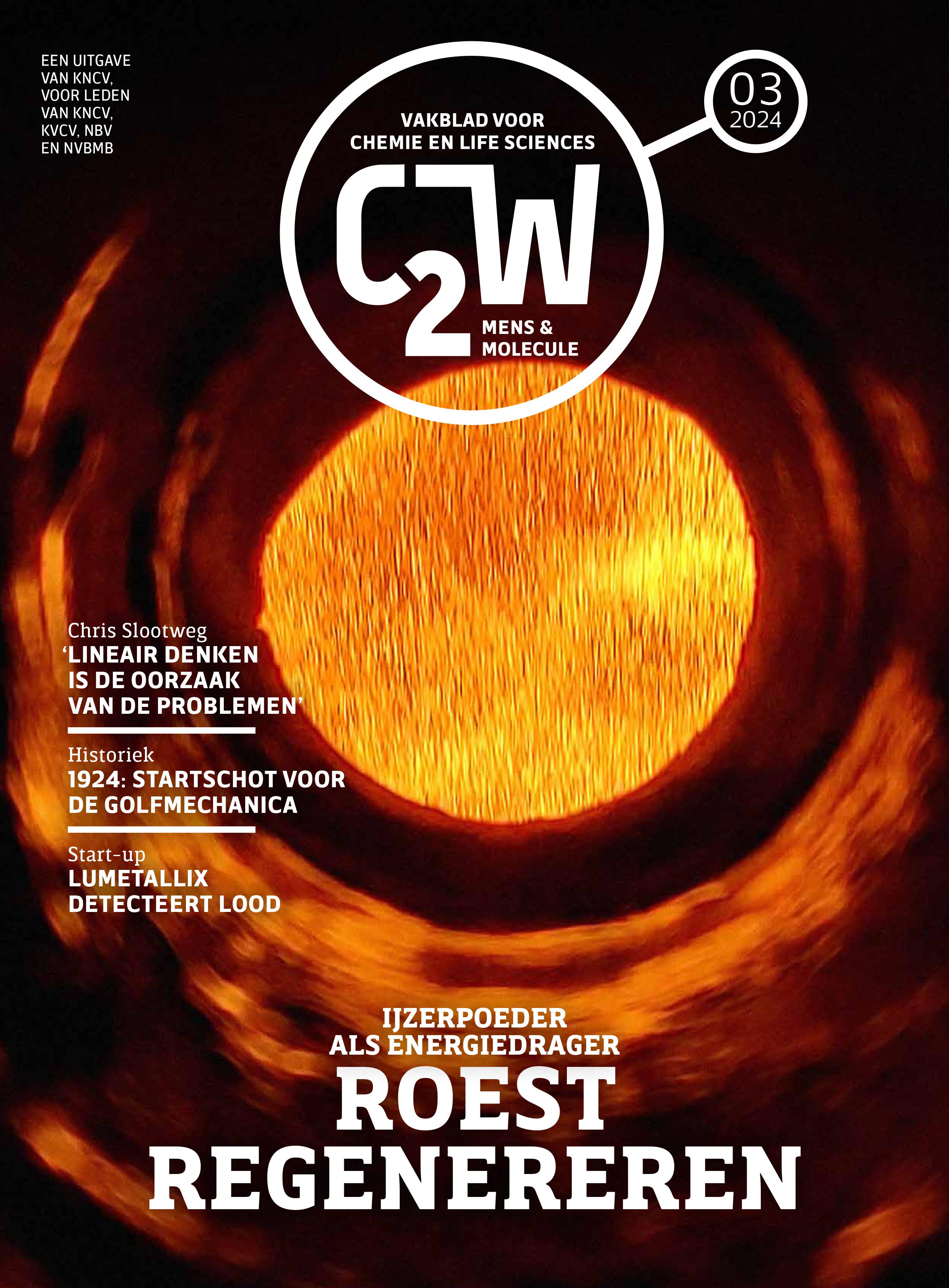Would you like to add an event to this list? Simply register your event using this form.
Nieuwe inzichten in de stikstof en koolstof biogeochemie van Antarctisch zee-ijs: de potentiele rol van een microbiële biofilm.

Category
Ph D Defense
Date
2018-12-10 16:00
Venue
Vrije Universiteit Brussels, Brussels Humanities, Sciences and Engineering Campus, Auditorium P. Janssens, Building K 2.1 - Pleinlaan 2
België
België
Promovendus/a: Arnout ROUKAERTS
Promotor(en): Prof. dr. ir. Marc Elskens
Antarctic sea ice covers up to 40 % of the Southern Ocean and is characterised by extreme changes in temperature, salinity and light. For a long time sea ice was considered a physical barrier between the polar ocean and the atmosphere with limited biological importance. In the past 50 years it became clear that the porous sea ice creates an ideal habitat for algae to thrive. Sea ice is host to large annual blooms during the austral spring and biomass concentrations in the ice easily exceed those observed in the underlying seawater by several orders of magnitude. Particularly bottom sea ice in coastal regions (land-fast sea ice) can be considered as one of the most productive marine ecosystems in the world. Sea ice also plays an important role in structuring the polar marine ecosystem and is pivotal in the survival of Antarctic krill. Especially juvenile krill needs sea ice algae in order to survive the long Antarctic winters. Difficulties in sampling the ice, its isolated location, and the absence of remote sensing techniques that are applicable to the sea ice environment, are the main reasons why sea ice is understudied. The nutrient dynamics that control the growth of sea ice algae are far from being fully understood.During this thesis sea ice samples from several locations in East Antarctica were analysed for nutrient and biomass concentrations. Isotope ratios of carbon, nitrogen and oxygen in several substrates were measured to better constrain the different biological processes that take place. A strong decoupling between phytoplankton growth and biomass decay was observed in the ice during the growth season. A mathematical model was developed to better understand the observations and interactions of the different nutrient pools. Incorporation of a biofilm in the model proved essential in understanding and explain the observations for nitrogen, carbon, phosphate and silicon in sea ice. The presence of a microbial biofilm in sea ice can have far going implications on the biogeochemical dynamics.
All Dates
- 2018-12-10 16:00
Powered by iCagenda

